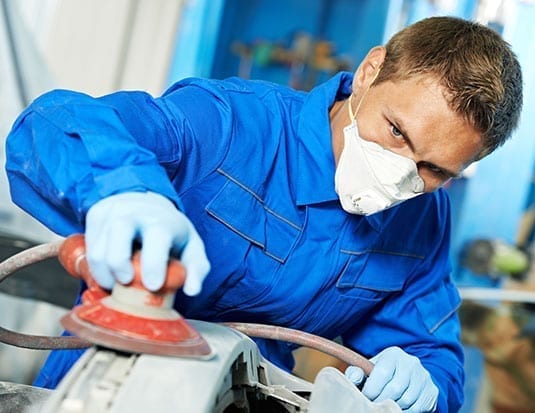Change in vehicles and increased OEM involvement in collision repair are driving the next industry evolution.
For the past 30 years, Direct Repair Programs (DRPs) have given insurers the ability to influence the flow of work to collision repair facilities. Canadian repairers and insurers have developed good relationships, as repairers have responded to insurer requirements to maintain unique processes and procedures and be measured by a variety of different key performance indicators. For repairers, the complexity of doing business has increased while margins have decreased, in part due to non-productive labour costs doubling over the last decade.
Traditionally, only luxury vehicle manufacturers have taken an interest in the collision repair business, introducing OEM certification programs to ensure specialty vehicles are repaired in facilities with specialized training and equipment to provide a safe repair. Today, advanced materials and construction methods are utilized in all mainstream vehicles. This has prompted OEMs who have traditionally stayed out of the collision business to get involved. Mainstream OEM certified networks are developing very quickly in Canada, following the same path as the U.S. and other countries.
Transforming the experience
OEMs are facing the challenge of transforming the unexpected and negative experience of an auto collision into an experience where the customer is delighted— focusing on a scenario that aims to retain customers for life. Research has shown that half of consumers who disposed of their vehicle after an accident did so for repair-related reasons. This is a staggering statistic, and OEMs are rapidly expanding OEM certification programs to ensure their customers have a good repair experience at facilities that have the tools, equipment, training and modified facilities to fix vehicles to OEM specifications. OEM certified networks allow vehicle manufacturers to increase consumer brand loyalty, and provides them peace of mind that customers are being provided a safe repair.
OEMs are spending millions of dollars to raise consumer awareness that an OEM certified shop is a better choice, through advertising campaigns, videos, smart phone apps, direct marketing, point of sale materials, and online locators, and this is just starting in Canada. Certified Repair Programs are proactive—arming consumers with the knowledge that if and when they have a collision, they have an OEM certified shop in their community. The strong emotional connection consumers have with their vehicle manufacturer makes this very powerful. And for those OEM certified shops it means cars to the door.
Identifying locations
In an ideal world, insurers and OEMs will refer their shared customer to the same qualified OEM certified facilities. With the consolidation of repairers in Canada through franchises, MSOs and banner networks, we know that today and in the foreseeable future not all locations are equal. This creates a challenge for insurers when negotiating national deals with these large entities. OEM certification helps make it easier to identify locations that have made the required investments.
In the big picture, what matters the most is keeping people safe. And by providing a safe repair to OEM specifications, consumers, insurers, OEMs and repairers all win. This means advanced safety features will function in a second collision, just the way the OEM designed them to work; costs are controlled when repairs are done right the first time; customers remain loyal to their OEM, insurer and the repairer. OEM certification programs are elevating our industry to invest where we need to in training, tools and equipment and to raise awareness that every vehicle needs to be repaired to OEM specifications. It also enables repairers to earn a return on investing in their business.



